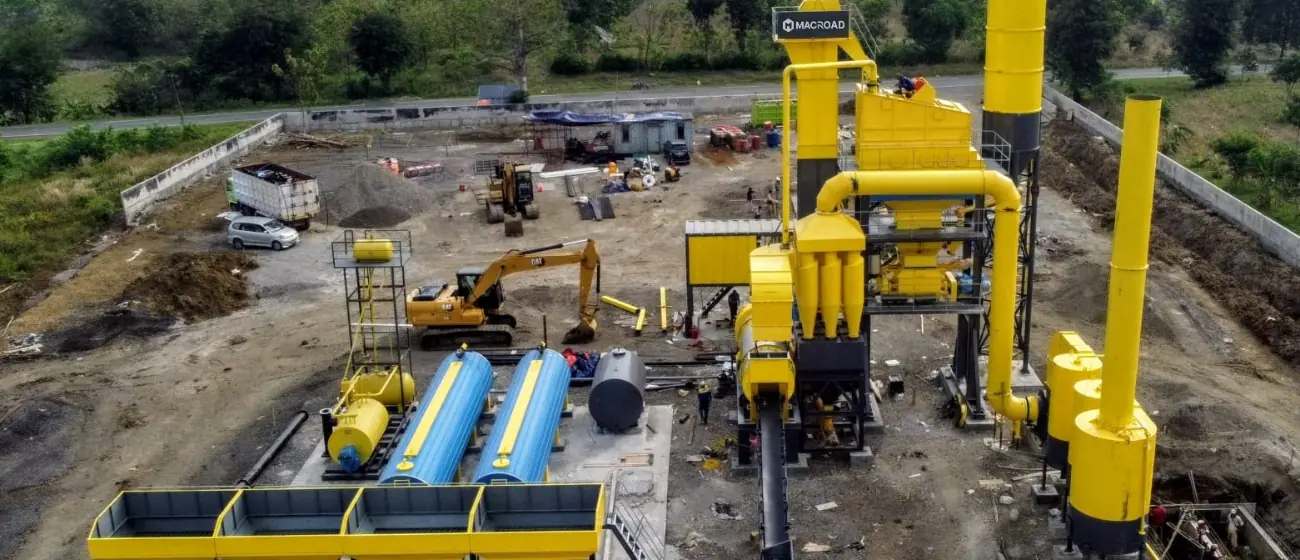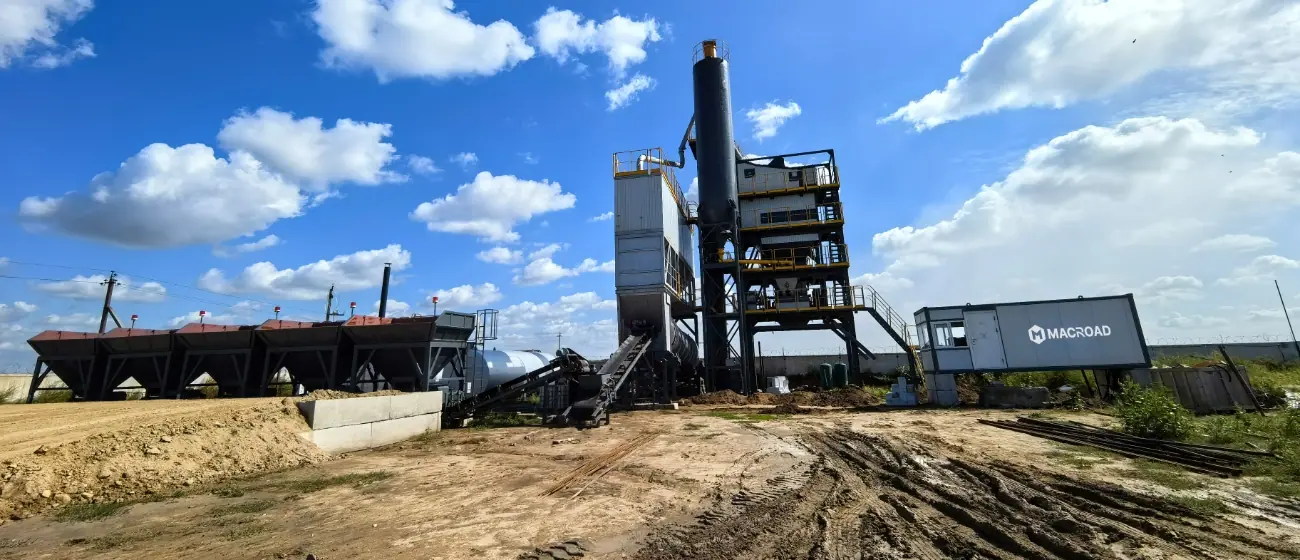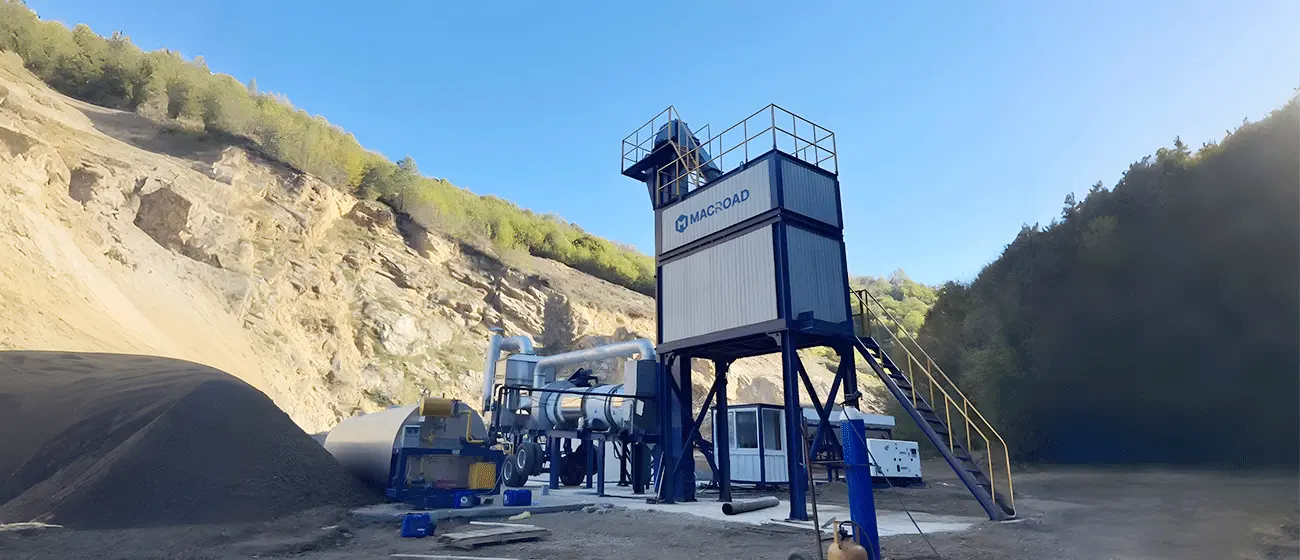Dust Treatment Methods and Their Impact on Environmental Protection Costs in Asphalt Plants

The treatment method of collected dust in asphalt plants is a crucial factor that significantly influences environmental protection costs. Proper dust management not only ensures compliance with environmental regulations but also impacts operational efficiency and long-term sustainability. This article examines how different dust treatment methods affect environmental protection costs, emphasizing user-centric insights.

Understanding Dust Collection and Treatment
Asphalt plants generate dust during the mixing and production processes, which can contain harmful pollutants if not properly managed. Effective dust collection systems are essential for capturing this particulate matter. The treatment methods for collected dust can vary widely, including recycling, incineration, and landfilling, each with its associated costs and environmental implications.
Recycling collected dust back into the asphalt production process is one of the most effective methods for reducing environmental protection costs. By reintroducing dust into the mix, plants can minimize waste and conserve raw materials, leading to lower overall production costs. This approach is particularly beneficial for fixed asphalt plants, which often have the infrastructure to support recycling initiatives. In contrast, incineration and landfilling can incur significant costs due to disposal fees and regulatory compliance, ultimately increasing the environmental protection burden on the plant.

Cost Implications of Different Treatment Methods
The choice of dust treatment method has direct financial implications for asphalt plants. Recycling collected dust can result in substantial savings, as it reduces the need for new raw materials and decreases disposal costs. Moreover, many regions offer incentives for recycling practices, which can further offset expenses.
On the other hand, methods such as incineration often come with high operational costs, including fuel expenses and emissions control measures. While incineration can effectively reduce dust volume, it may require additional investments in technology to meet stringent air quality standards. This not only drives up operational costs but can also lead to fines and penalties if the plant fails to comply with environmental regulations. Mobile asphalt plants, which frequently change locations, may face additional challenges in adhering to varying local environmental standards, making recycling a more attractive option.

Long-term Environmental and Economic Benefits
Investing in effective dust treatment methods can yield long-term environmental and economic benefits for asphalt plants. By prioritizing recycling and efficient dust management systems, asphalt plants can enhance their sustainability profile and reduce their overall environmental footprint. This proactive approach not only aligns with regulatory requirements but also appeals to environmentally conscious clients and stakeholders.
Furthermore, as regulations become more stringent, plants that adopt efficient dust treatment methods are better positioned to adapt to changing compliance landscapes. The long-term savings from reduced disposal fees and raw material costs can significantly improve the plant's bottom line. Additionally, improving air quality through effective dust management can lead to better community relations and enhance the plant's reputation.
In conclusion, the treatment method of collected dust in asphalt plants plays a pivotal role in determining environmental protection costs. By opting for recycling and effective dust management systems, asphalt plants can reduce operational expenses, enhance compliance, and contribute to a more sustainable future. Understanding these dynamics is essential for operators looking to balance economic performance with environmental responsibility.
Post Your Ad Here

Comments